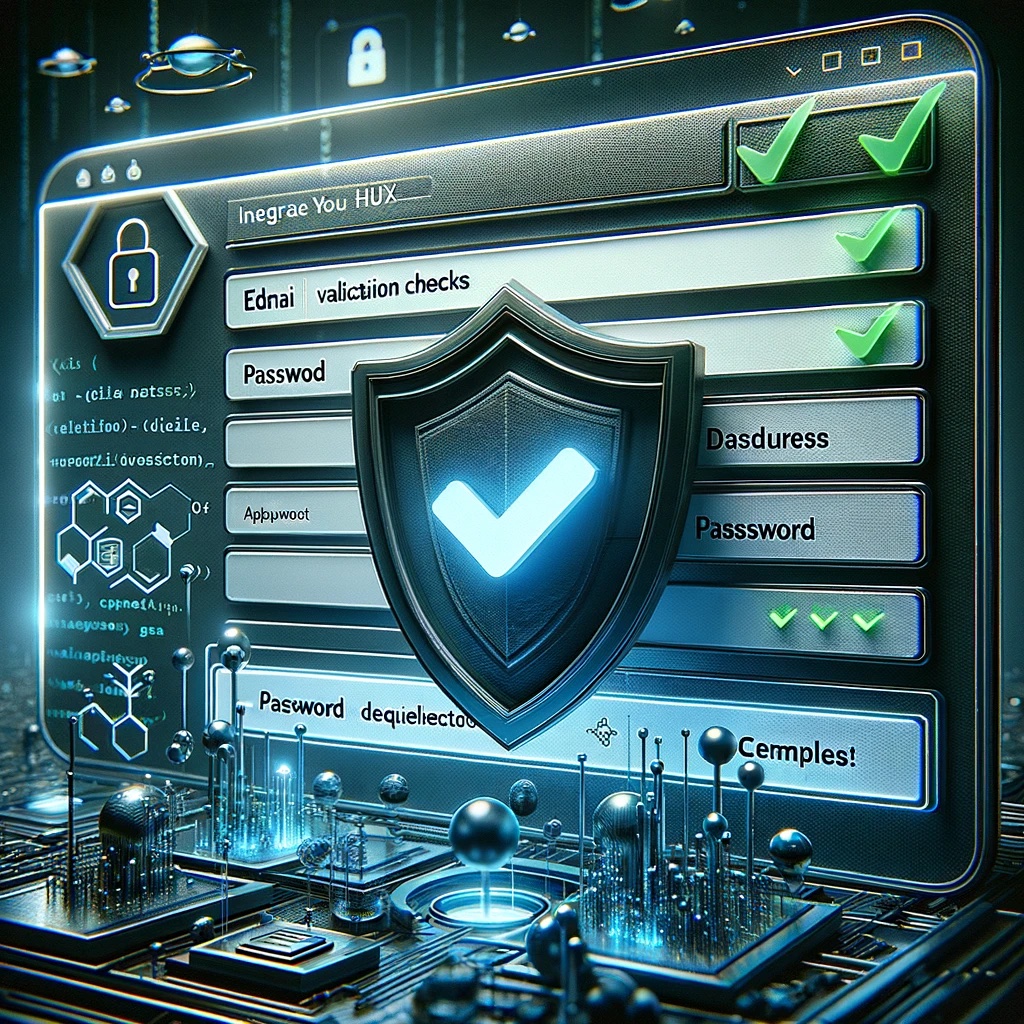Bulletproof Your UI: Crafting Secure and User-Friendly Interfaces
The User Experience and User Interface of any software product is often a missed opportunity to improve the security posture. Software security starts how users interact with the system. The controls and access points into the software defines the surface area for which users (or other systems) impact the application. This will include things like … Read more










